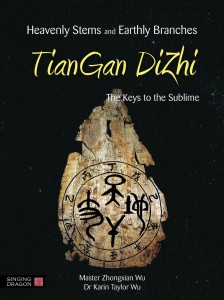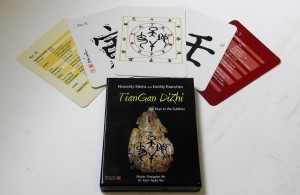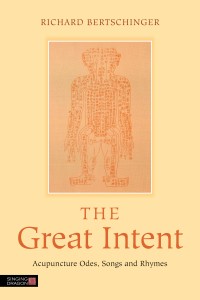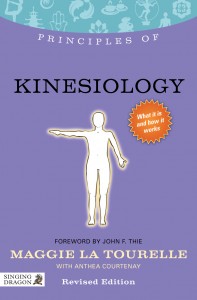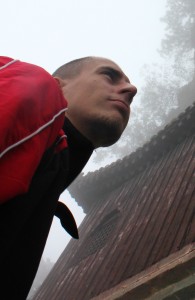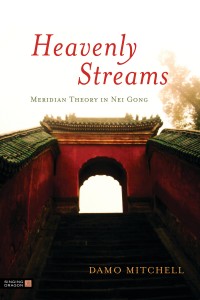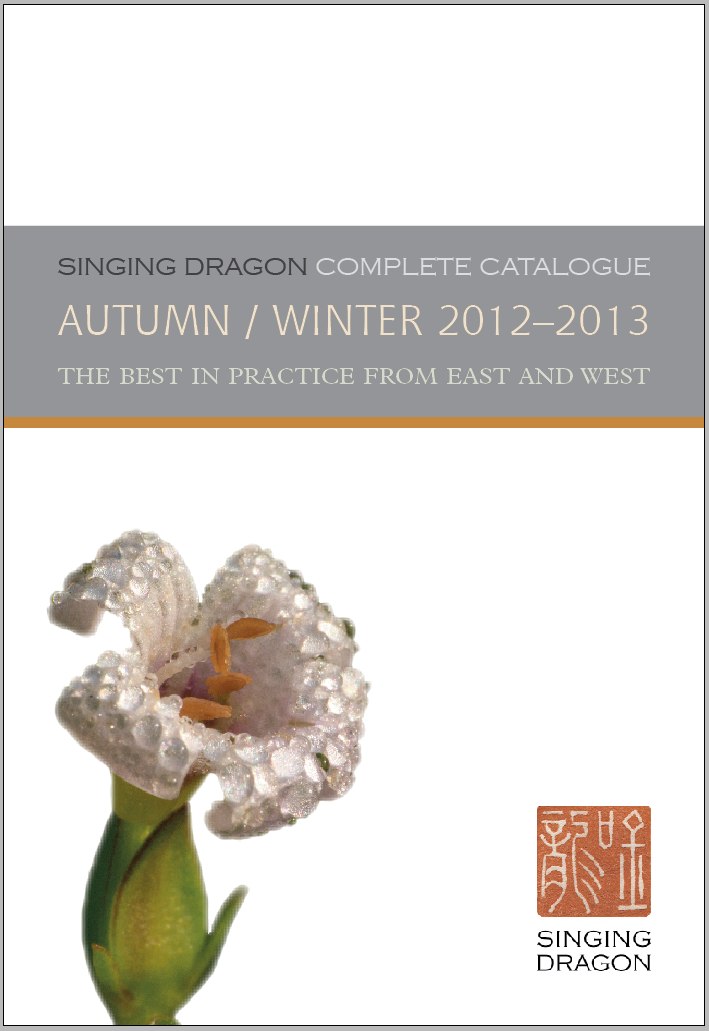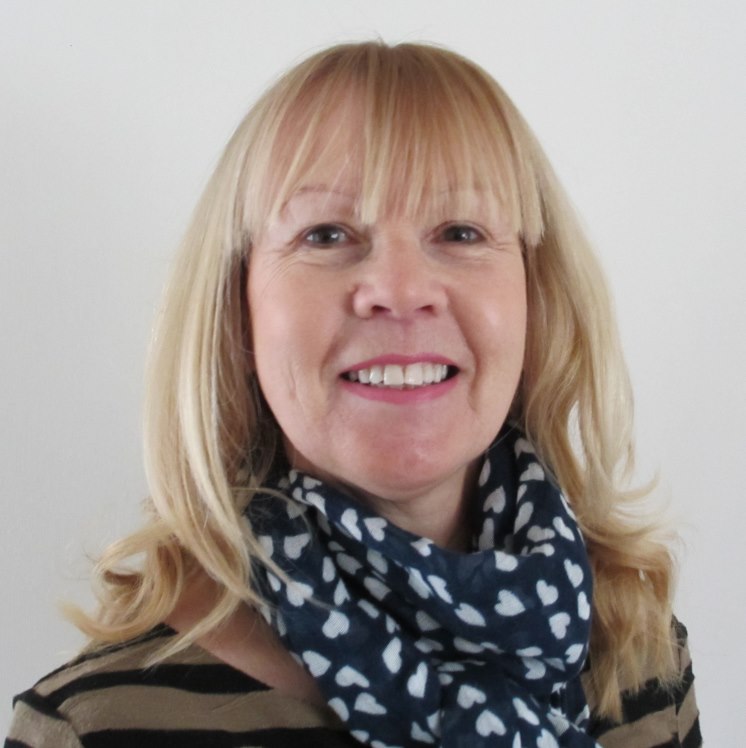 The face reflects who we are, reflects our personality, state of health and our spiritual balance. We pick up a lot of information about a person just by looking at their face. To the ancient Japanese and Chinese, a beautiful face was the ultimate prize as it was a reflection of optimum health and of course with good health comes a long life. Longevity achieved through preventing ill health was, and still is, the aim of traditional Chinese medicine.
The face reflects who we are, reflects our personality, state of health and our spiritual balance. We pick up a lot of information about a person just by looking at their face. To the ancient Japanese and Chinese, a beautiful face was the ultimate prize as it was a reflection of optimum health and of course with good health comes a long life. Longevity achieved through preventing ill health was, and still is, the aim of traditional Chinese medicine.
Japanese face massage became popular in the Far East during the eighteenth and nineteenth centuries, especially among the Geisha, for its health-giving benefits and its ability to reflect inner calm on their porcelain-like faces. Not much was known of this unique massage in the West until after the Second World War but today it is practised all over the world.
Many facial routines focus on cleansing and may include a basic massage designed to relax the recipient. The Japanese face massage is much more than a massage or facial. From the very beginning of the routine, the recipient experiences a glorious sense of release within the first two movements as the flowing but firm touch sets the scene for an experience of peaceful tranquillity and healing. There is a feeling of liberation as the neck and shoulders are massaged, lifting tension and allowing calm to descend. These opening movements pave the way for the deep healing experience you get from the Japanese face massage.
Unlike basic facial routines, the techniques in Japanese face massage focus deeper to achieve more than a cleanse, tone and moisturise. Acupressure points around the face and head are gently manipulated and the meridians are traced to access the body’s bio-energetic flow to bring balance.
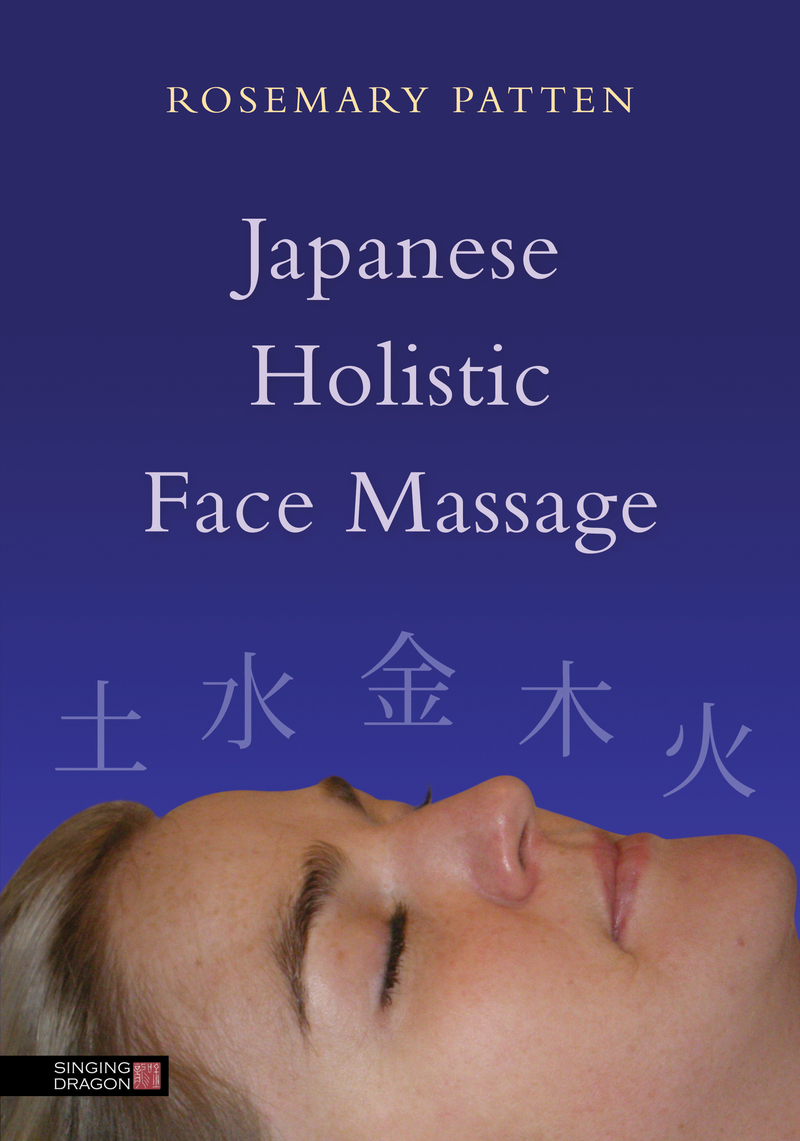 The massage pushes oxygenated blood and nutrients to penetrate the deep layers of the skin to nourish and renew cells. The gentle flowing effleurage movements are not only relaxing but also encourage the release of cellular matter and the removal of de-oxygenated blood via the lymphatic system. The effect is instantly visible as circulation to the face is improved, bringing a lustre to the skin which manifests as an inner glow of calm and vitality. Fine lines are diminished and the contours of the face become more defined, especially noticeable around the eye area.
The massage pushes oxygenated blood and nutrients to penetrate the deep layers of the skin to nourish and renew cells. The gentle flowing effleurage movements are not only relaxing but also encourage the release of cellular matter and the removal of de-oxygenated blood via the lymphatic system. The effect is instantly visible as circulation to the face is improved, bringing a lustre to the skin which manifests as an inner glow of calm and vitality. Fine lines are diminished and the contours of the face become more defined, especially noticeable around the eye area.
All bio-energy pathways or meridians either start or finish in the face. As the acupressure points are accessed there is a deep sense of comfort and nurturing. Additionally, the sequence of the movements and the tracing of the pathways or meridians encourages Ki (universal life force energy) to flow where it is most needed. Ki energy is responsible for correctly functioning bodily fluids and the smooth running of body organs such as the kidneys and the liver.
There has been a myriad of research on the effects of stimulating the acupressure points over the past fifty years as Western scientists slowly realise what Eastern medicine has known for over 4,000 years. Acupressure points on the face react instantly to touch, releasing endorphins and bypassing the central nervous system due to the close proximity to the brain. There is a prevailing sense of well-being when the hormones are stimulated. The autonomic nervous system is calmed and peace descends as healing on all levels takes place. The Japanese face massage is truly holistic as it not only improves the appearance of the face but also helps the body function better. A truly wonderful combination of benefits that leaves the recipient feeling mentally and emotionally revived.
Rosemary Patten is a naturally gifted holistic therapist with over 23 years’ experience in helping people feel better. She began her professional career within the NHS, in hospital settings, where her extensive contact with those in rehabilitation gave her an invaluable grounding in understanding the nature of disease. A master Reiki practitioner, aromatherapist, reflexologist, qualified beautician and in many other holistic therapies, Rosemary founded Rose Health and Well Being Natural Health Centre, which has now evolved into Equinox Rose. This is a combined holistic services consultancy delivering various natural therapy workshops, consultations on business development for therapists and a clinic specialising in energetic healing. Japanese Holistic Face Massage is among the range of therapies Rosemary uses to help her many clients make a breakthrough physically or emotionally. Rosemary believes passionately in a holistic approach to diagnosing root causes of illness, especially the impact of stagnant energetic flow within and around the body. She lives in Kent, UK.
© 2013 Singing Dragon blog. All Rights Reserved






